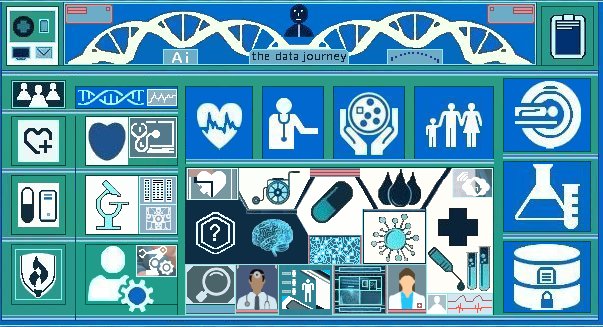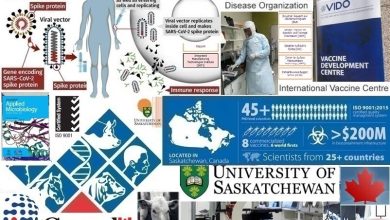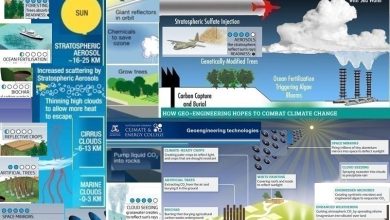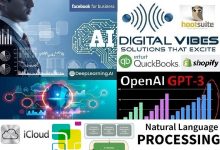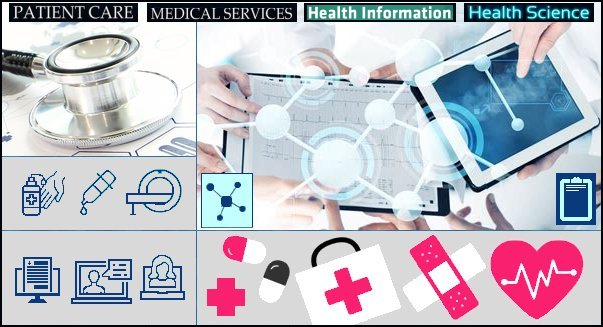
In the past, researchers used double blind placebo-controlled studies as proof of evidence-based medicine. Due to recent changes in healthcare, one can predict the impact of data science and its medical relevance on clinical practice. As health science and technology move towards a positive direction, so will the health results of patients change. Innovations that will transform health care and medicine in the 21st century are pocket-sized ultrasound devices that will be able to connect to cell phones and cost half the price of hospital machines. Not only will the information be safe, but patients and medical staff will have regular access to the data, minimising delays that might otherwise reduce the successful delivery of patient-centred care (PCC). Primarily directed by the needs and values of patients, PCC is a familiar model which was brought under the attention of health professionals in a report published by the Institute of Medicine. Obliged by the shift to data and value-based care everybody across the healthcare system, including clinicians, insurers, and researchers, will be able to achieve the objective of keeping patients healthy. It is exciting to witness new objectives and technologies in the health industry and to watch the PCC journey unfold.
Healthcare data science (big data or data analytics) is the collection of large amounts of data from various data sources and the processing and analysis of this raw information to discover tendencies, reveal conclusions and obtain insight into diseases by gaining an intense understanding of the human body. Data science combines data, information, knowledge, and techniques from several domains such as computer science, epidemiology, and statistics to advance human health. The most recent developments are the combination of robotic technologies with new tools and technologies controlled by artificial intelligence (AI) to generate innovative opportunities for earlier diagnosis. AI and analytics modify compound information into practical insight as well as individual health assessments that effectively illustrate how to provide PCC. Development in machine learning (ML) improved critical care medicine and the prognosis of critically ill patients. Life sciences are an expanding industry that alters the scenario and method of developing new modalities, re-defining the careers within these sciences, and the treatment of diseases. Data science is one such career which has become known as one of the fastest growing industries. A deficiency in specialised disease- and care-focused training is one of the main reasons why the healthcare sector has ignored big data until recently.
As soon as the Institute of Medicine introduced PCC to the healthcare industry big data and analytics expanded at a fast pace and the requirement to manage patient care and innovative medicine increased almost simultaneously. Capturing healthcare data in an organised method creates a base for accurate, reliable information, makes it easier to decide upon best practices to solve health issues, saves lives, and offers adequate time to implement precautions. It enhances the liability of the healthcare system to categorise high-risk patients (reducing the risk of treatment failure) and creates a complete summary of the patient’s profile in real-time; various sources that work together to analyse data and generate new knowledge for big data include computer science, statistics, and nursing. These sources provide information such as additional clinical notes, clinical information, patient demographics, diagnosis, lab results, medication, and patient procedures. Biomedical research in public health also supplies a large part of the data. By combining systems-driven analytics, information science, and nursing science (informatics) to capture, identify, manage, and share healthcare data in hospitals and other health organisations are to advance healthcare procedures, to simplify the workflow, to embrace digital technologies, and PCC. The accountability of nursing science is to provide clinicians with quick and reliable patient health data such as admission, diagnostics, treatment, and discharge data to make accurate health care decisions. Big data healthcare analytic technologies (the practice of analysing current and historical healthcare data to calculate trends, advance outreach, improve patient care and clinical data) have improved multiple areas of healthcare resulting in progress in the fight against diseases such as AIDS and cancer.
Healthcare analytics is a significant analytical infrastructure that emphasises data such as clinical effectiveness, cost, population health- and risk management; it analyses the entire patient journey across all facets of care and constantly optimises quality while driving cost and waste from the system. Health informatics is the field of science that endeavours to develop techniques and technologies to study health care data. The data can originate from different sources such as data from medical journals, data from social media, and data from electronic health records (EHR). The data included in the electronic records are examples such as clinical reports, diagnostic reports, diagnostic test results, doctor’s prescriptions, health insurance data, medical aid data, medical scans, pharmacy information, and X-rays. Systems integration and data access have become crucial in order to rapidly analyse healthcare information. As the National Health Service (NHS) started responding to the COVID-19 public health emergency, the outcry was that the only way to assemble, record and distribute data so that decision-makers could easily access real-time information was through a united effort of all role players in the healthcare sector. Developments in healthcare data and communication allowed healthcare professionals to transfer hospital care to remote patient care by pairing the data with remote health devices. This minimised the potential risk to patients during COVID-19 and noticeably decreased healthcare costs.
Nursing informatics is described by the American Nurses Association (ANA) as ‘a specialty that integrates nursing science, computer science, and information science to manage and communicate data, information, and knowledge to support patients, nurses, and other providers in their decision-making in all roles and settings.’ Nursing is a profession within the health care sector that focuses on the care of individuals, families, and communities to recuperate and maintain premium health and quality of life. Nurses, as the primary group of healthcare professionals ensure optimum patient outcomes and are the foremost link to quality and safety. Their access to unstructured data (such as clinical data, doctor’s notes, financial data, imaging reports, lab results, medical correspondence, and medical device results) is categorised under the definition of nursing informatics as improving data via science and technology to become knowledge, improve patient care, increase efficiency, and integrate nursing science with other domains of healthcare. Critical care nurses work in ICUs to provide care to patients with acute, complex, and serious illnesses as well as injuries that need precise monitoring and treatment. In order to provide quality patient care, registered nurses need to make informed practice decisions and are responsible for a plan of action for each patient; therefore, they need access to comprehensive data regarding each patient and the knowledge to interpret the data.
Real-world data (RWD) are the data related to the status of the patient’s health and the presentation of healthcare. Clinical studies and RWD are crucial to the continual improvement of patient care and biomedical sciences. According to a Health Trends Report published by Stanford Medicine (during 2020) physicians are actively preparing for the revolution of patient care. The report documents a maturing technological health sector as well as main tendencies that will channel the healthcare industry’s future. IBM Watson Health is assisting to discover treatment opportunities for patients with specific genetic mutations by using genomic data and other healthcare analytics. This category of clinical data management has the potential to move biomedical research into a positive direction.



